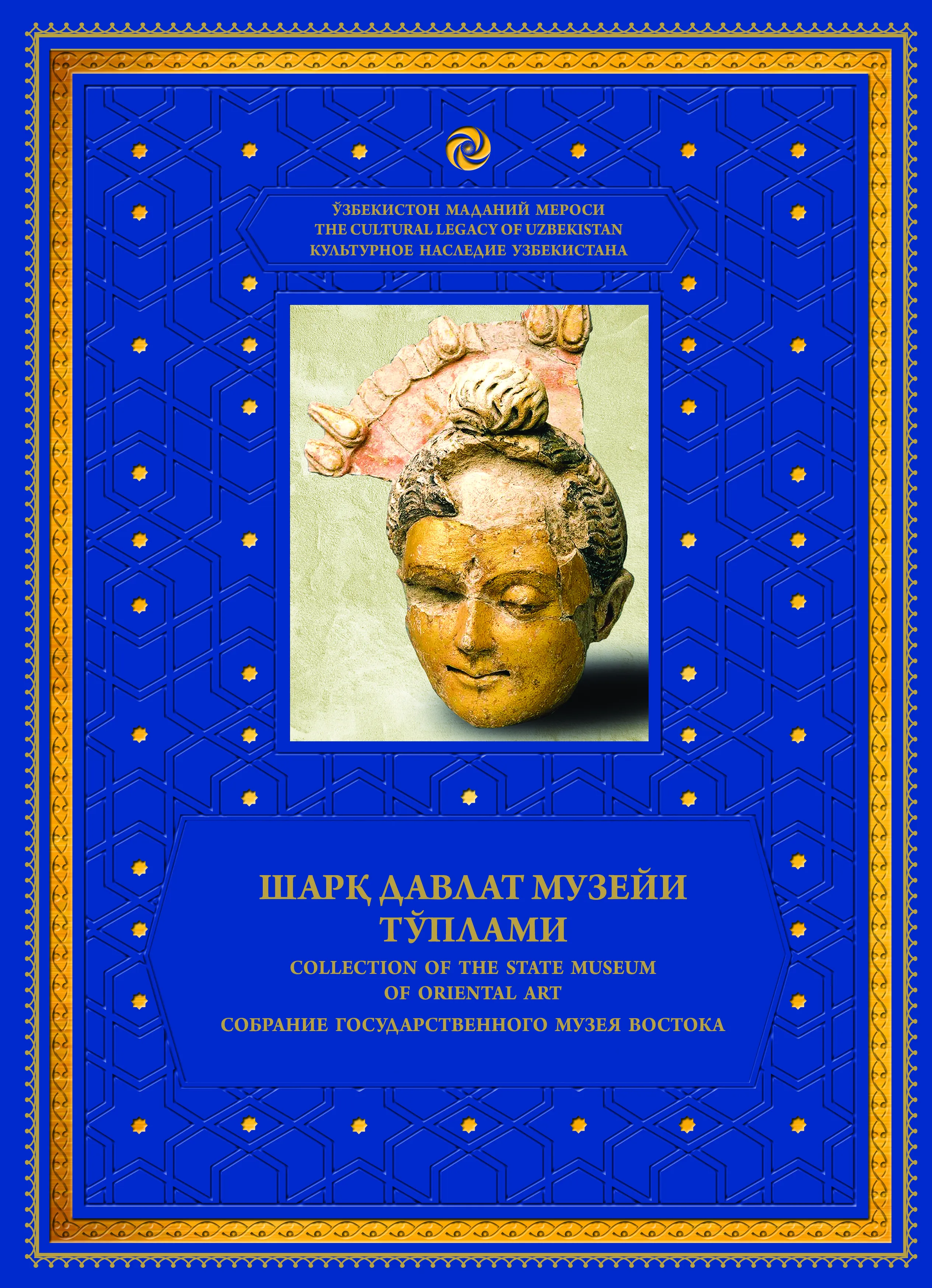COLLECTION OF THE STATE MUSEUM OF ORIENTAL ART
Description
"Generosity is one of the properties of Paradise's dwellers." This saying was often inscribed on ceramic vessels in the 10th-12th centuries. One of such vessels is presented in this volume. Reminding the wealthy citizens who bought these ceramics of generosity was recognized as the norm of ethics in the Muslim Renaissance period.
The volume dedicated to the Uzbek collection in the State Museum of Oriental Art is the first volume of the Cultural Legacy of Uzbekistan in the World Collections series. This is why it was so important for the creative team. When selecting artifacts, they made a point of presenting both partially known items and those still unstudied. In general, the catalog includes monuments dated from the first centuries of the Common Era to the early 21st century.
Among the unique exhibits are the gilded head of the Buddha from Karatepa, amazing Sogdian ossuaries and fragments of ganch from Varakhsha, exquisite jewelry and embroidery from the period of the Uzbek khanates, and, last but not least, masterpieces of painting representing the famous phenomenon of the Uzbek avant-garde. The selected monuments fully reflect the rich heritage of the artistic cultures of Uzbekistan.

